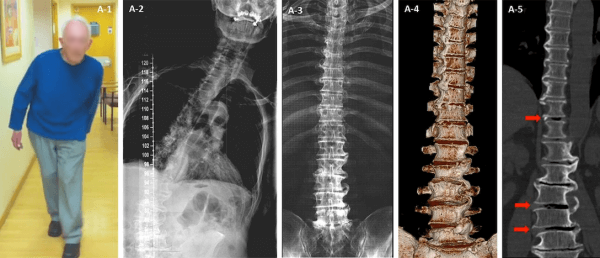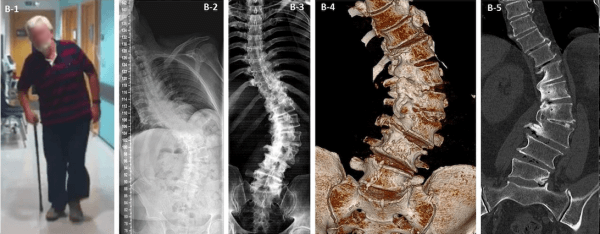Do you have Parkinson’s?
Do you lean to one side when standing?
If you answered yes to both of these questions, then the chances are that you have Pisa syndrome (Pleurothotonus).
A side bend or lateral spine flexion is commonly associated with Parkinson’s disease and is often referred to as Pisa Syndrome or scoliosis. Symptoms are usually diagnosed when you have more than 10 degrees of lateral flexion and cannot stand up straight when subjected to the usual physiological stress of the spine.

Pisa syndrome is a rare neurological disorder due to prolonged exposure to antipsychotic drugs (which may also be referred to as neuroleptics). It is characterised by dystonia and abnormal and sustained involuntary muscle contraction. In Pisa Syndrome specifically, there is commonly a tonic flexion of the body’s trunk to one side, leading to a slight lean (reminiscent of the Leaning Tower of Pisa, hence the name “Pisa syndrome”).
Back pain is prevalent, and walking becomes increasingly difficult as the trunk tilts laterally. Sometimes this can lead to respiratory problems as the ribs become compressed, and the ability to fully inflate the lungs becomes difficult. Lying on your back may reduce or even hide the tilting to a lesser extent.

How can Marcus help?
My patients benefit significantly from exercise rehabilitation. Early rehabilitation, with an emphasis on stretching exercises for the external obliques and paraspinal/axial muscles, is strongly recommended, according to the available research. Therapy is also needed to improve static, dynamic posture and to control pain symptoms. My approach is to teach you how to manage your posture with mobility exercises through a 3D plane, helping correct your curve from the top down and bottom up. Then we focus on stability to strengthen your spine, adding resistance in the 3D planes. Lastly, we increase your endurance with spiral stabilisation exercises and breathing techniques.
If you want more information, please use the form on the contact page.
